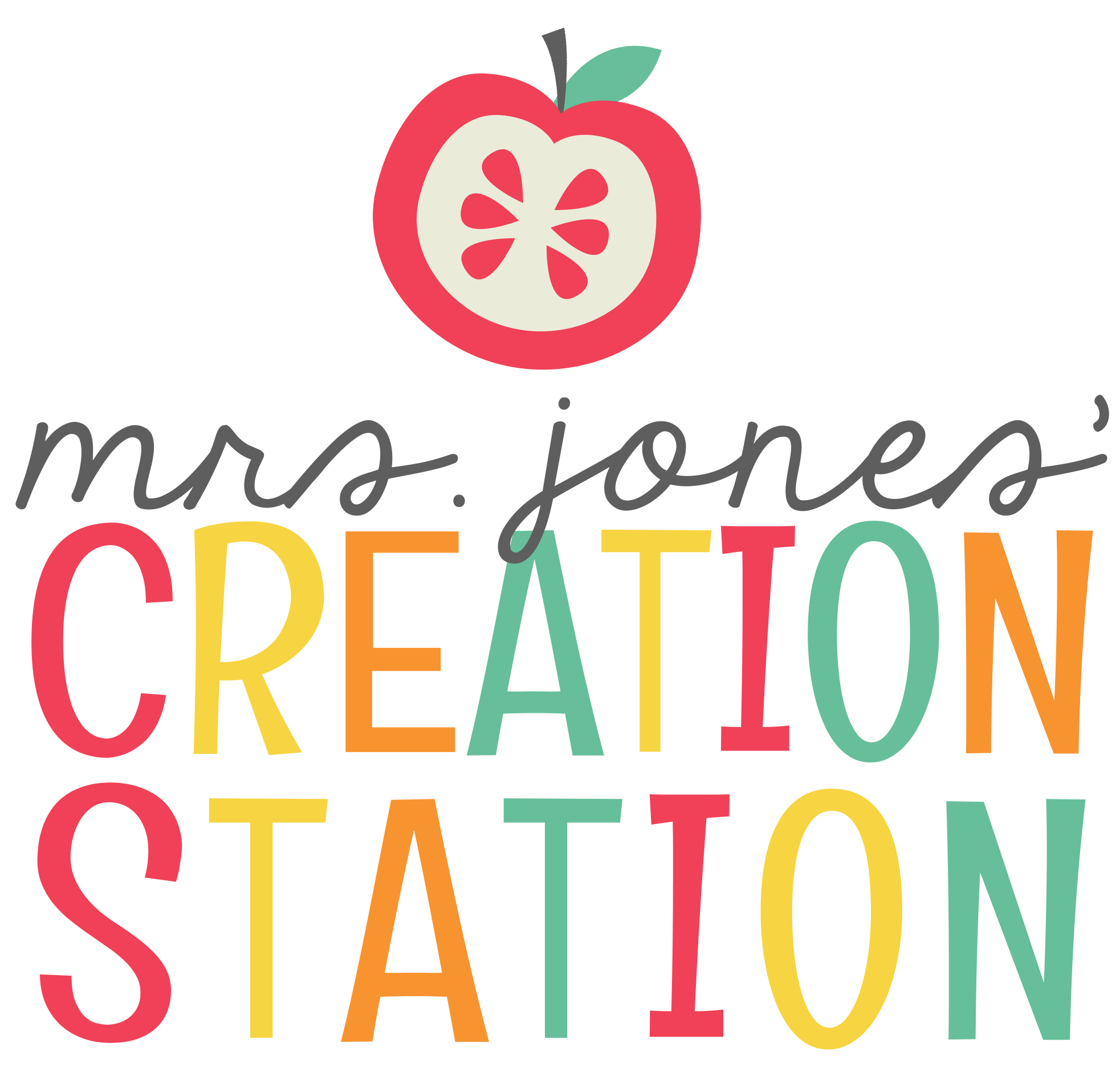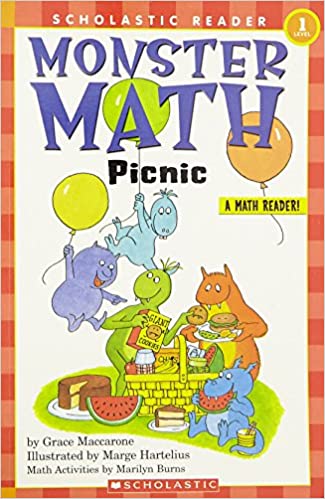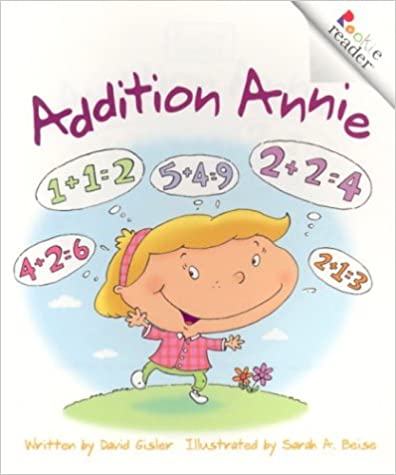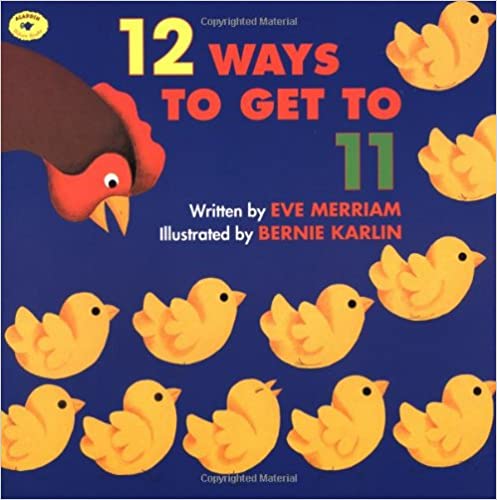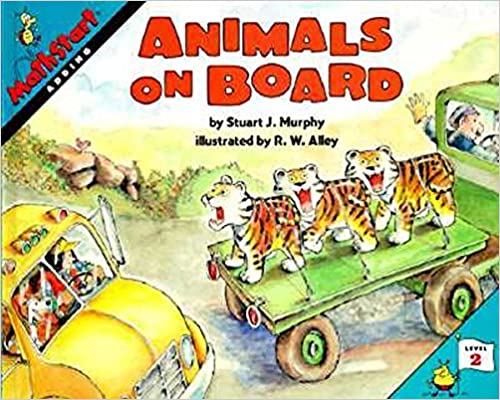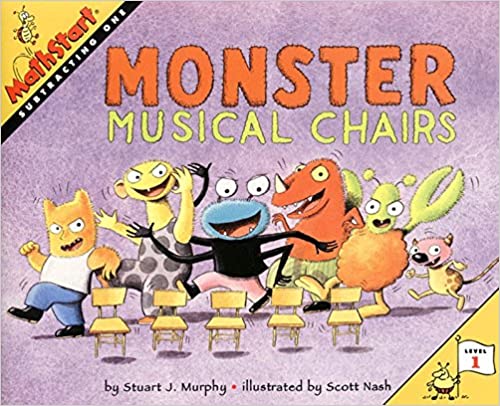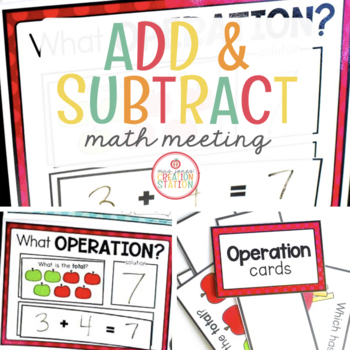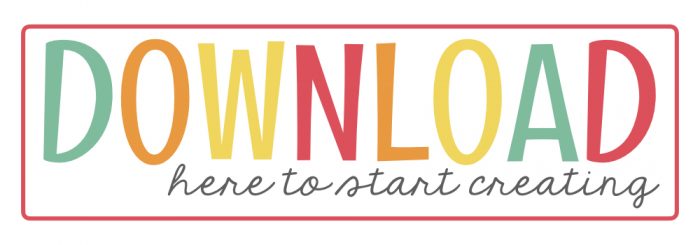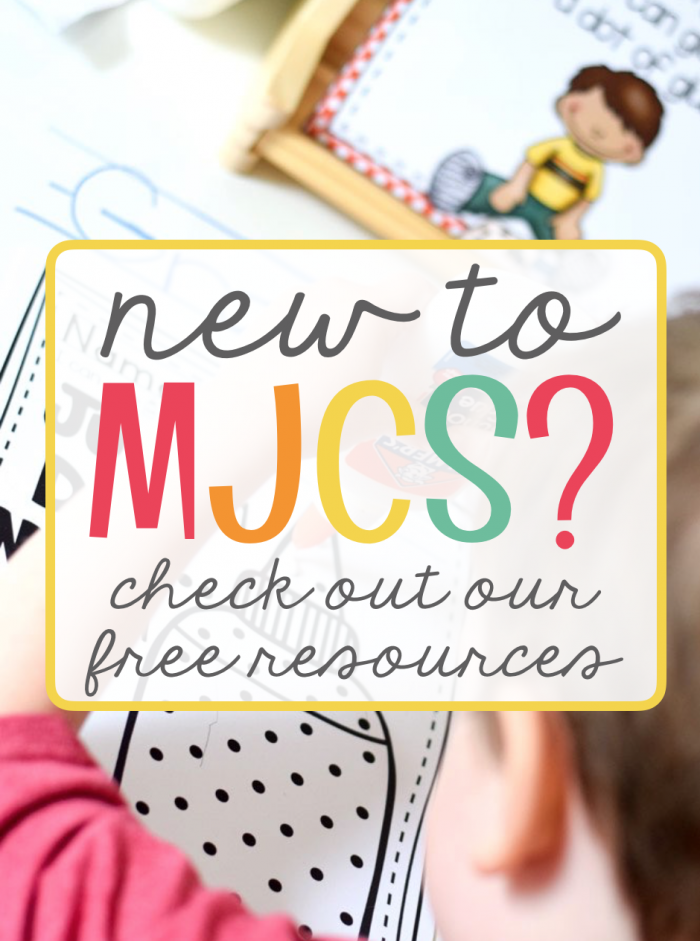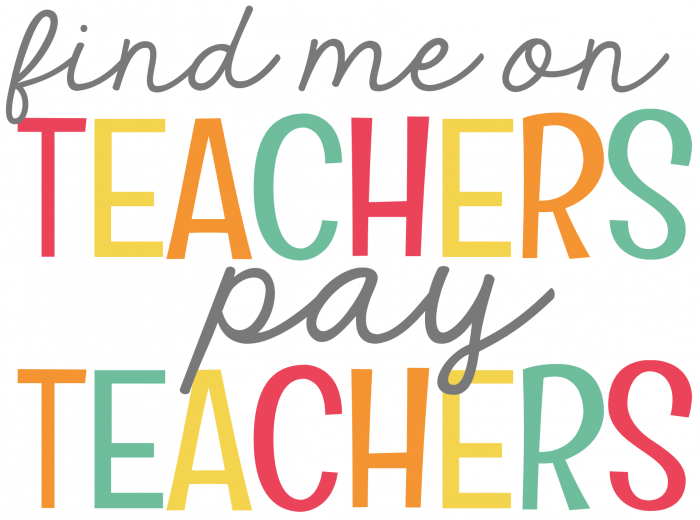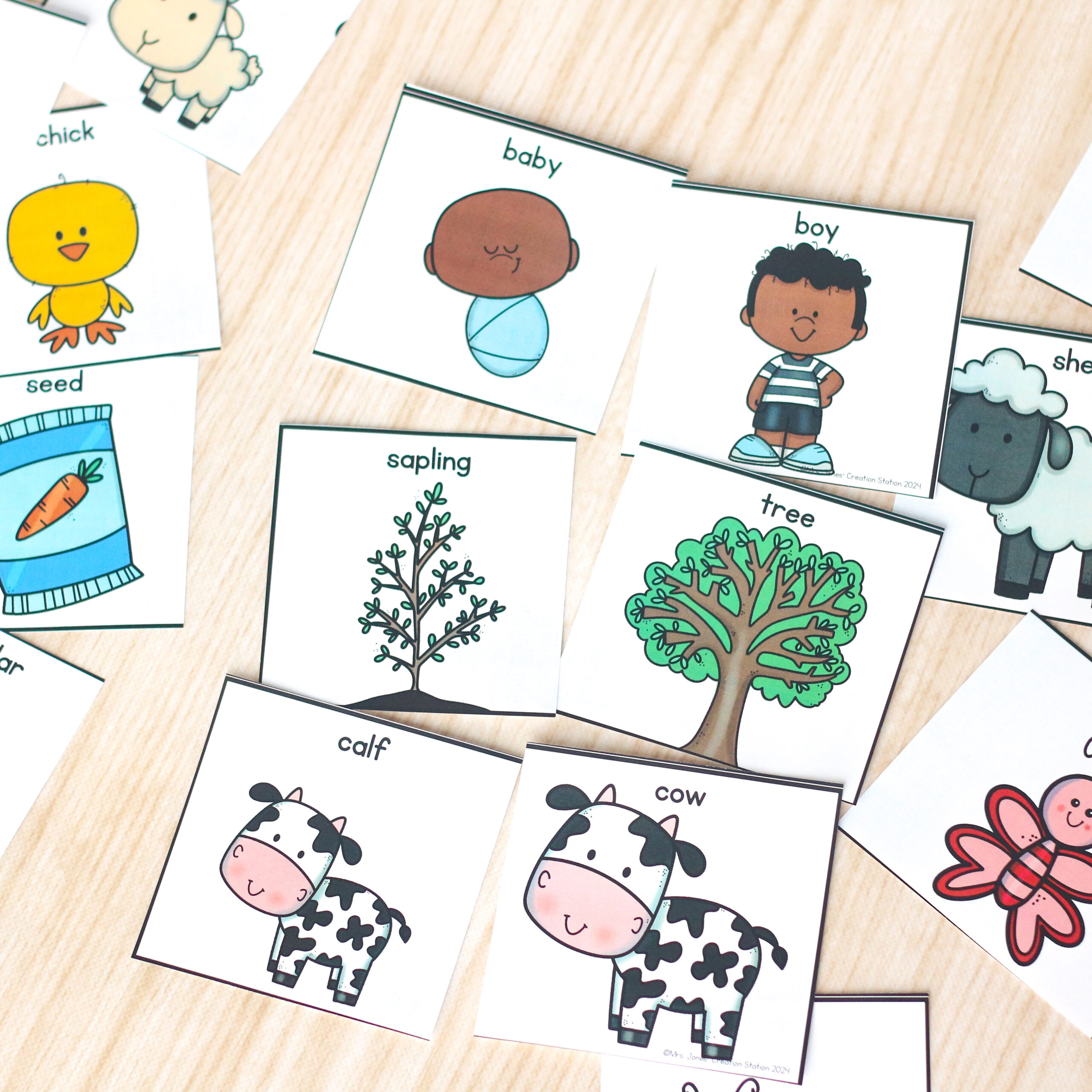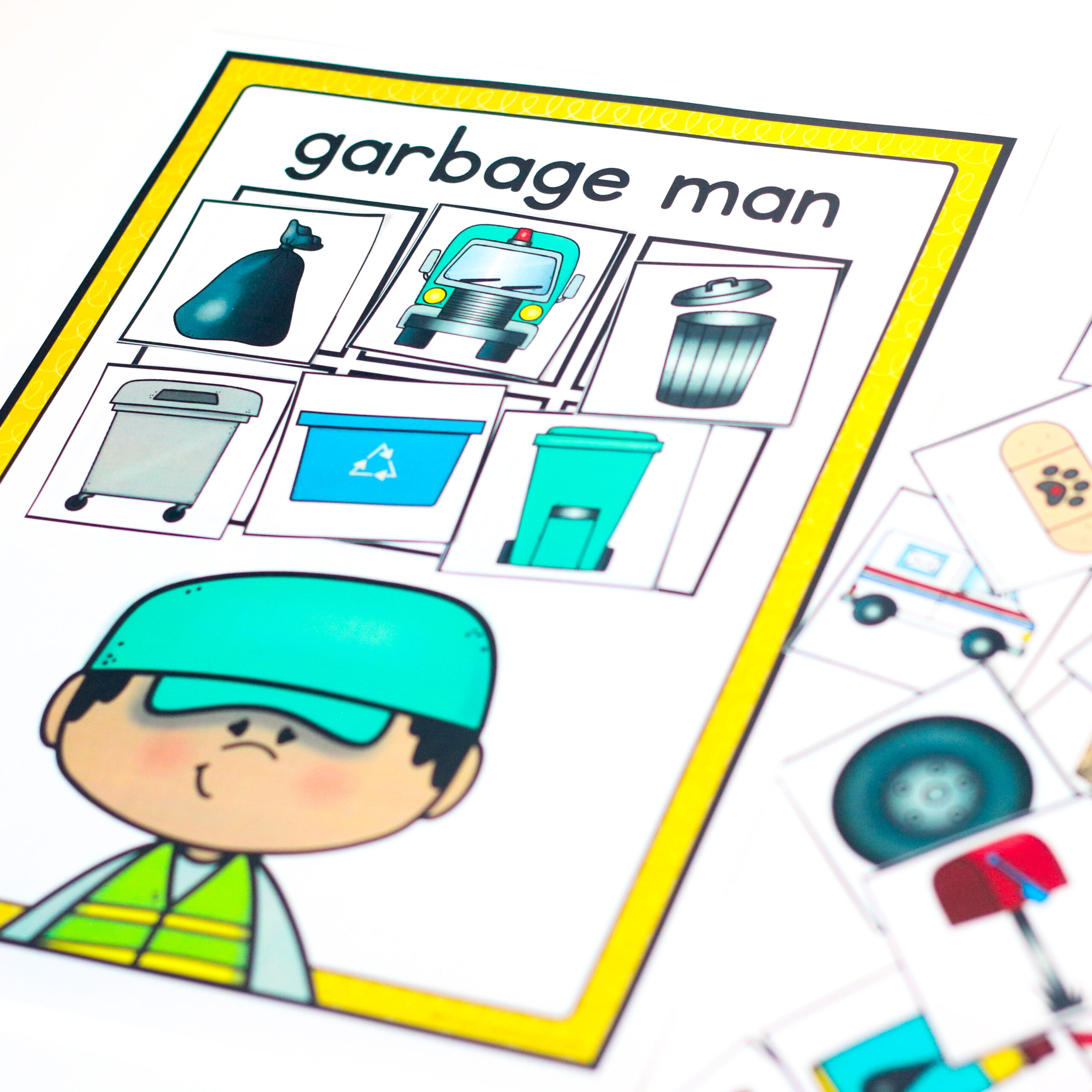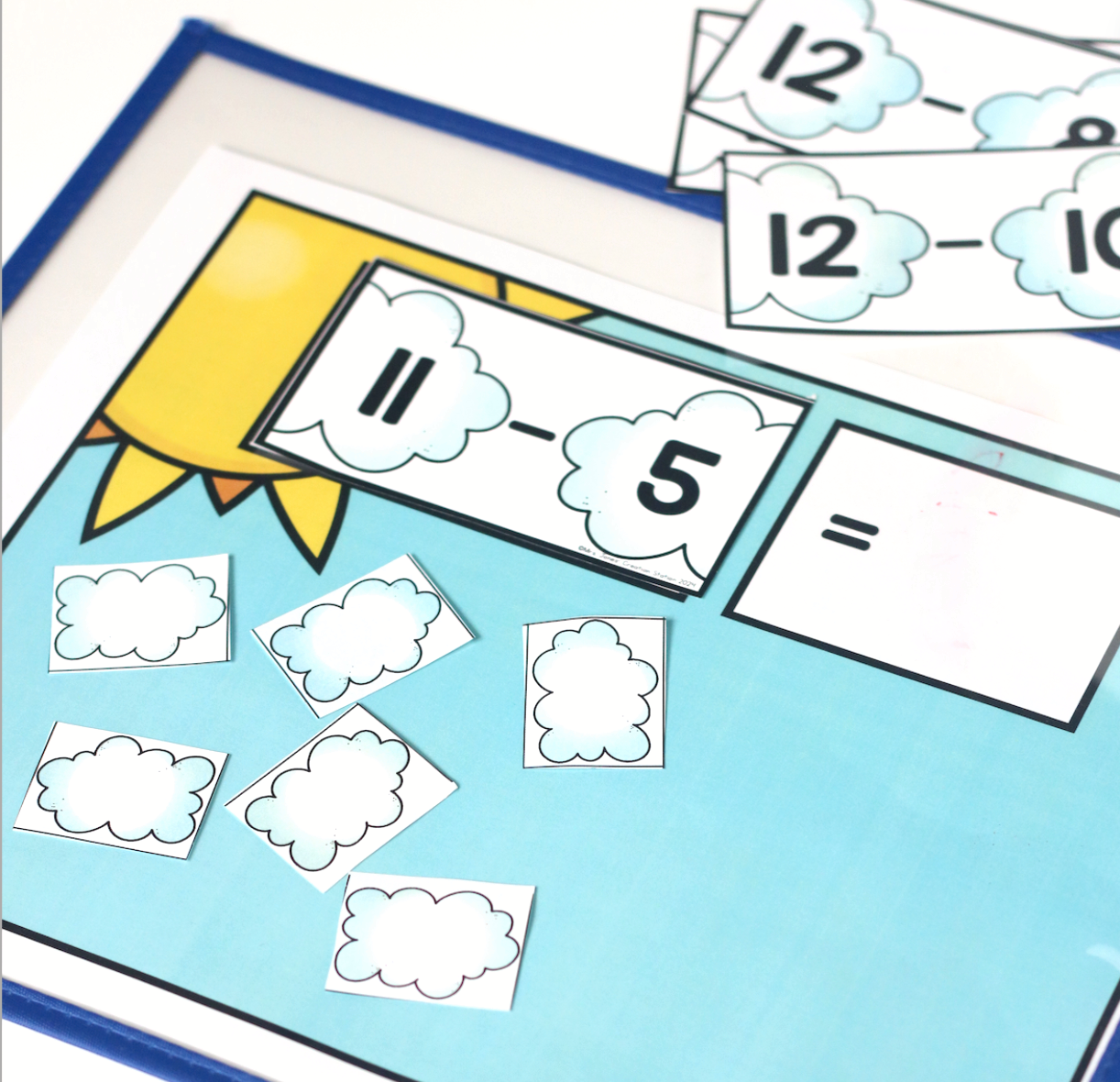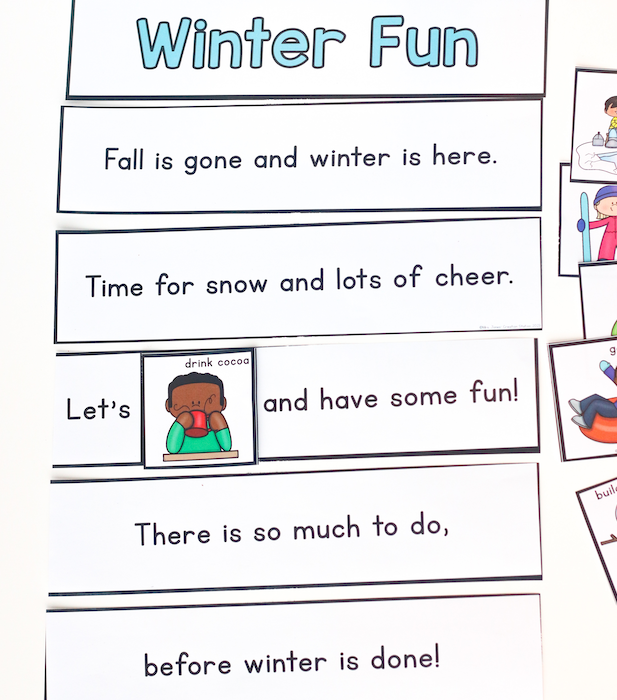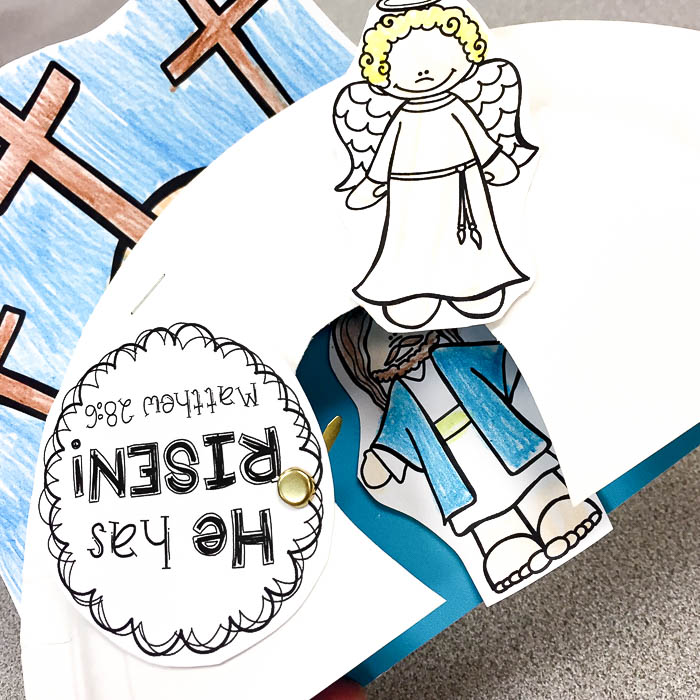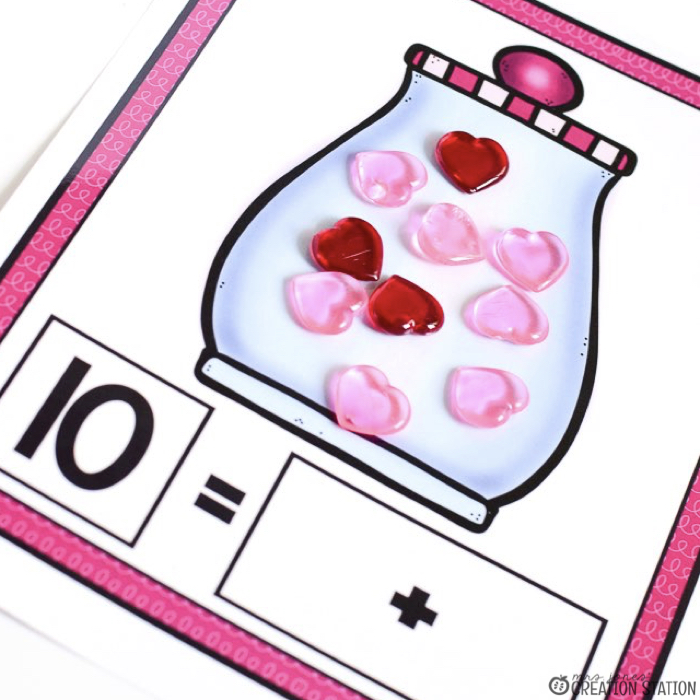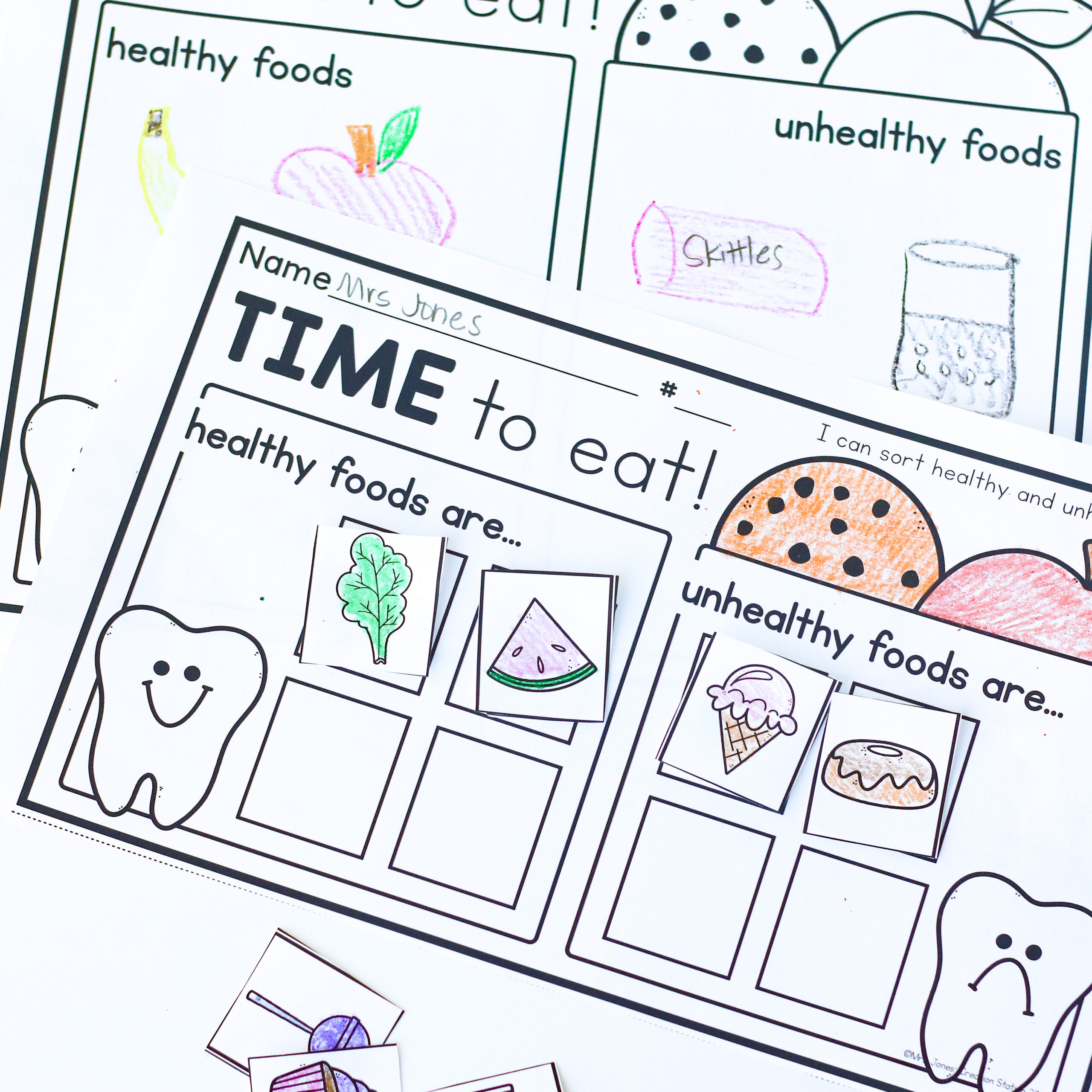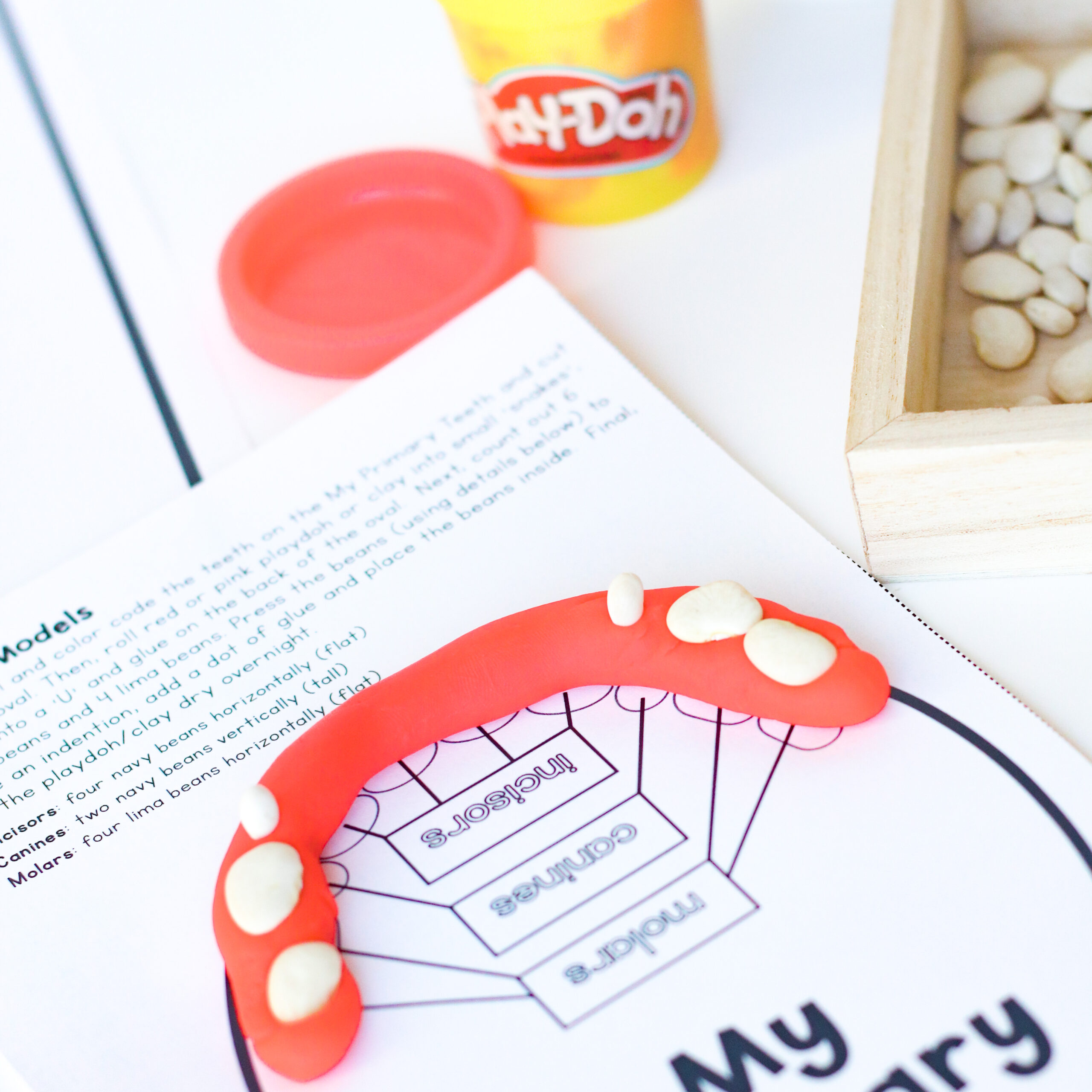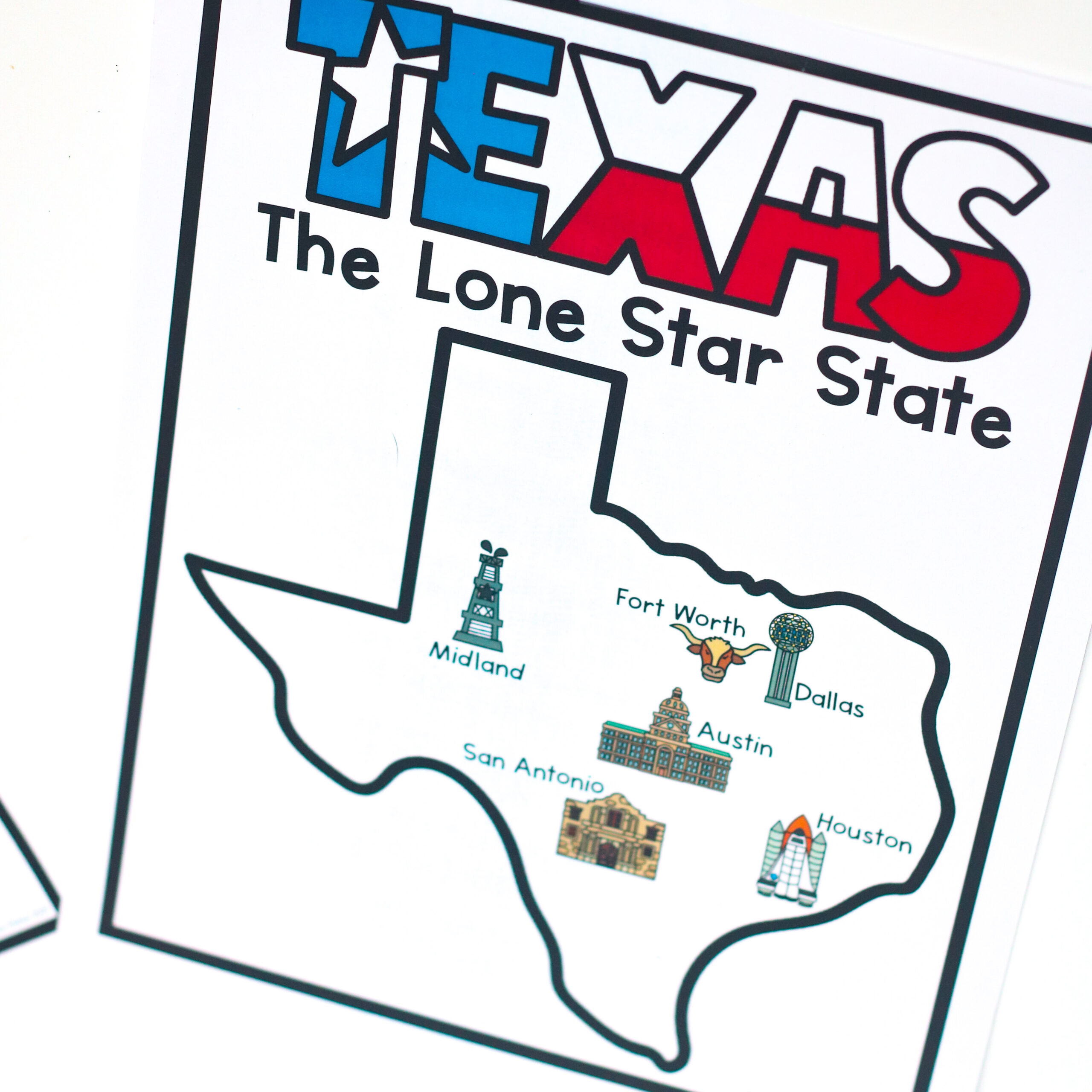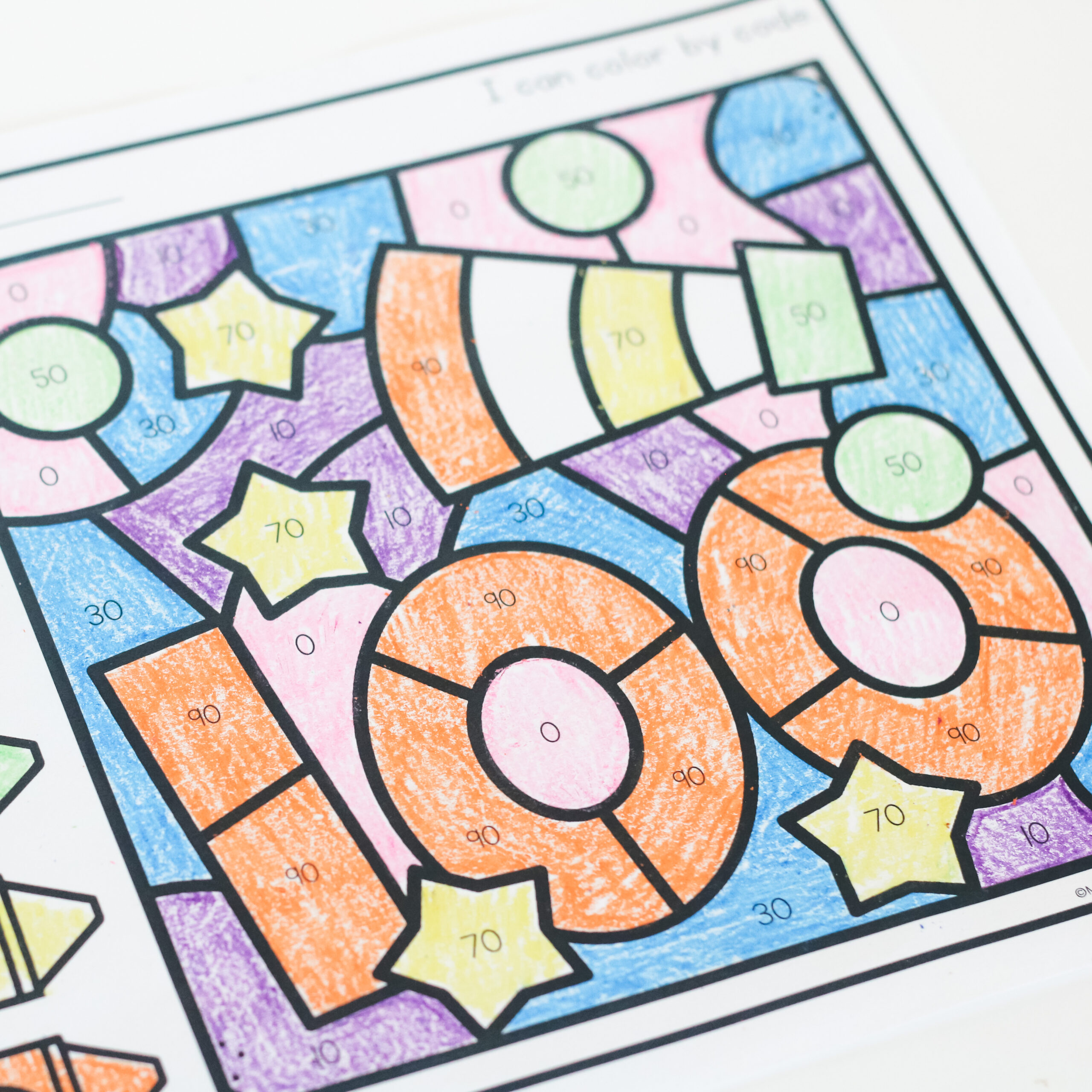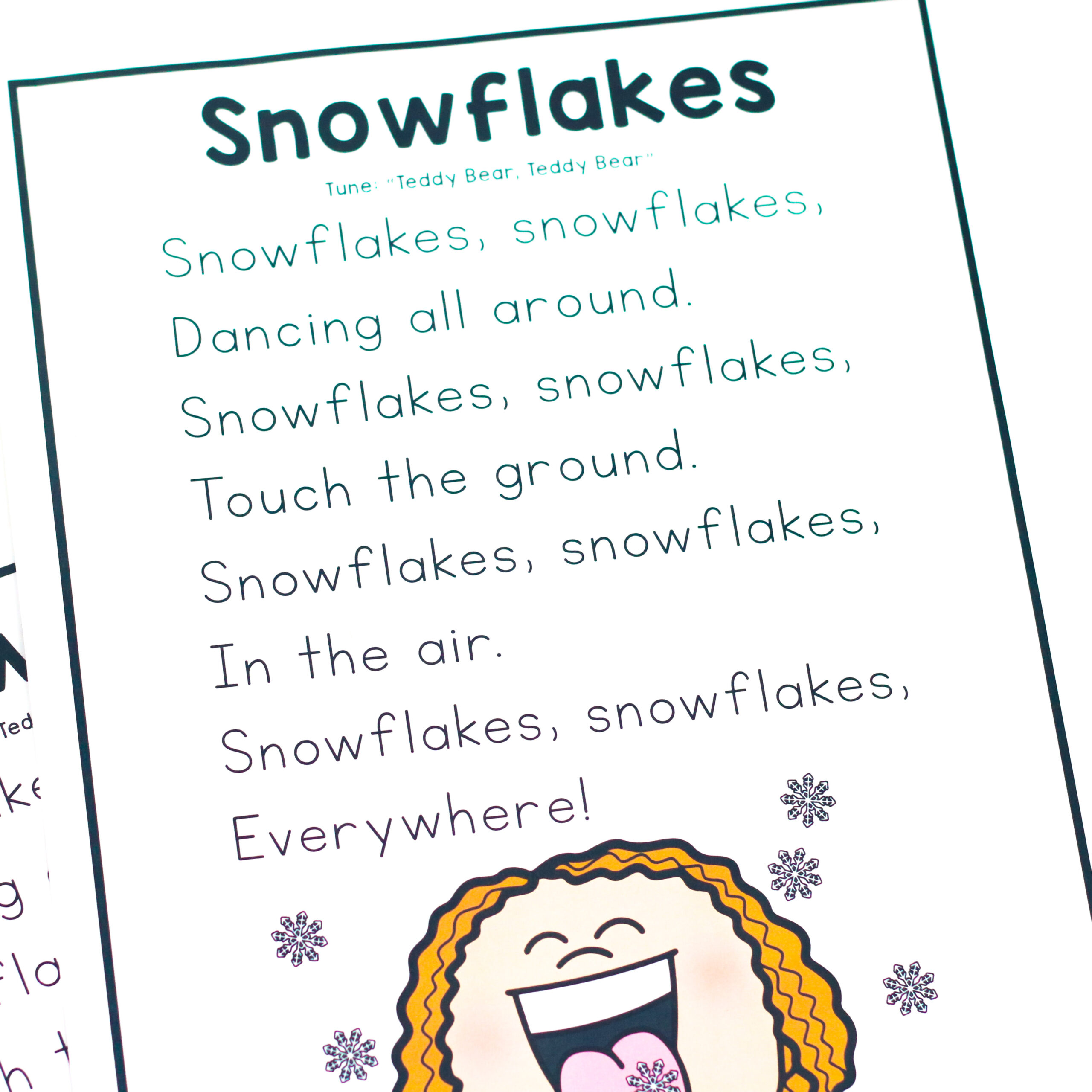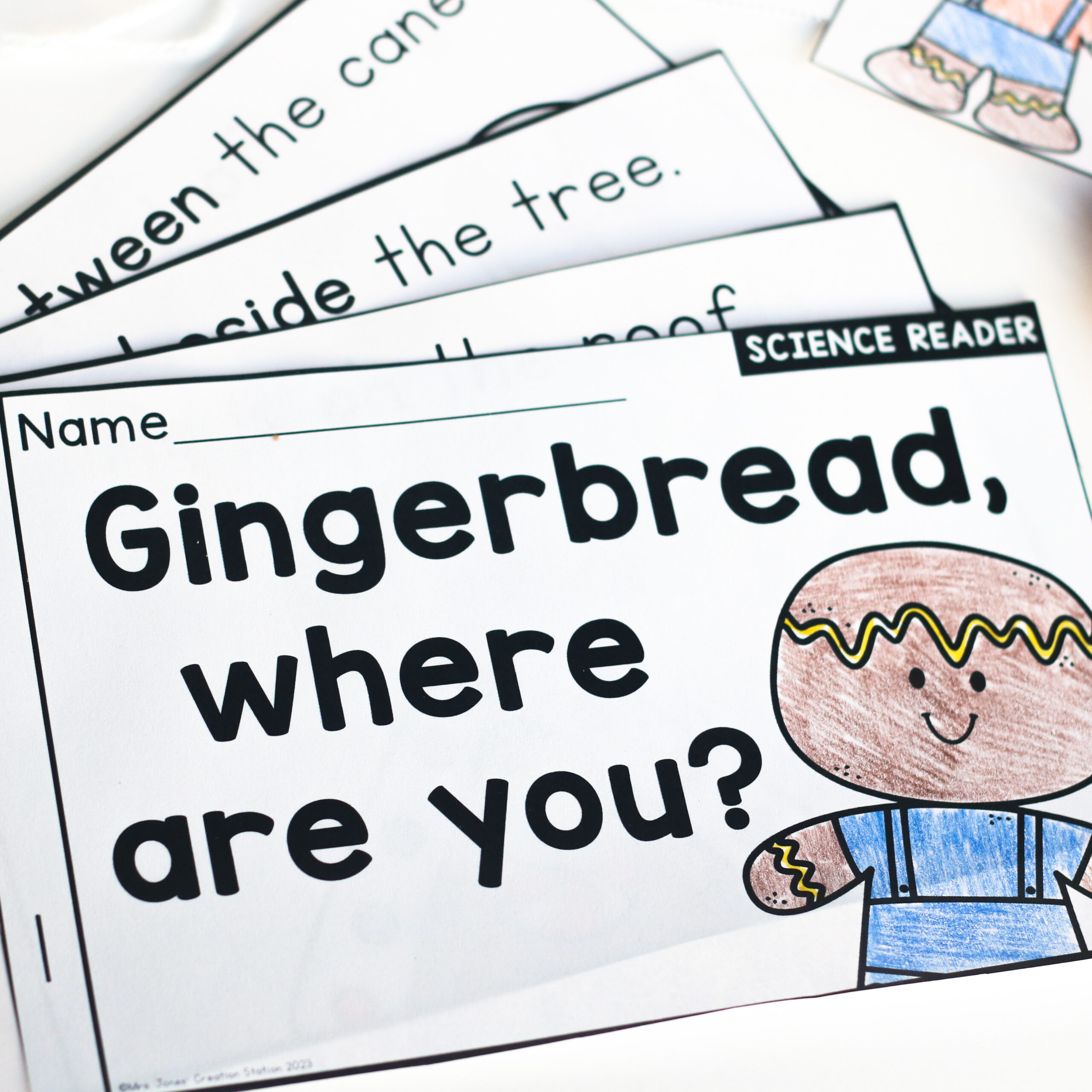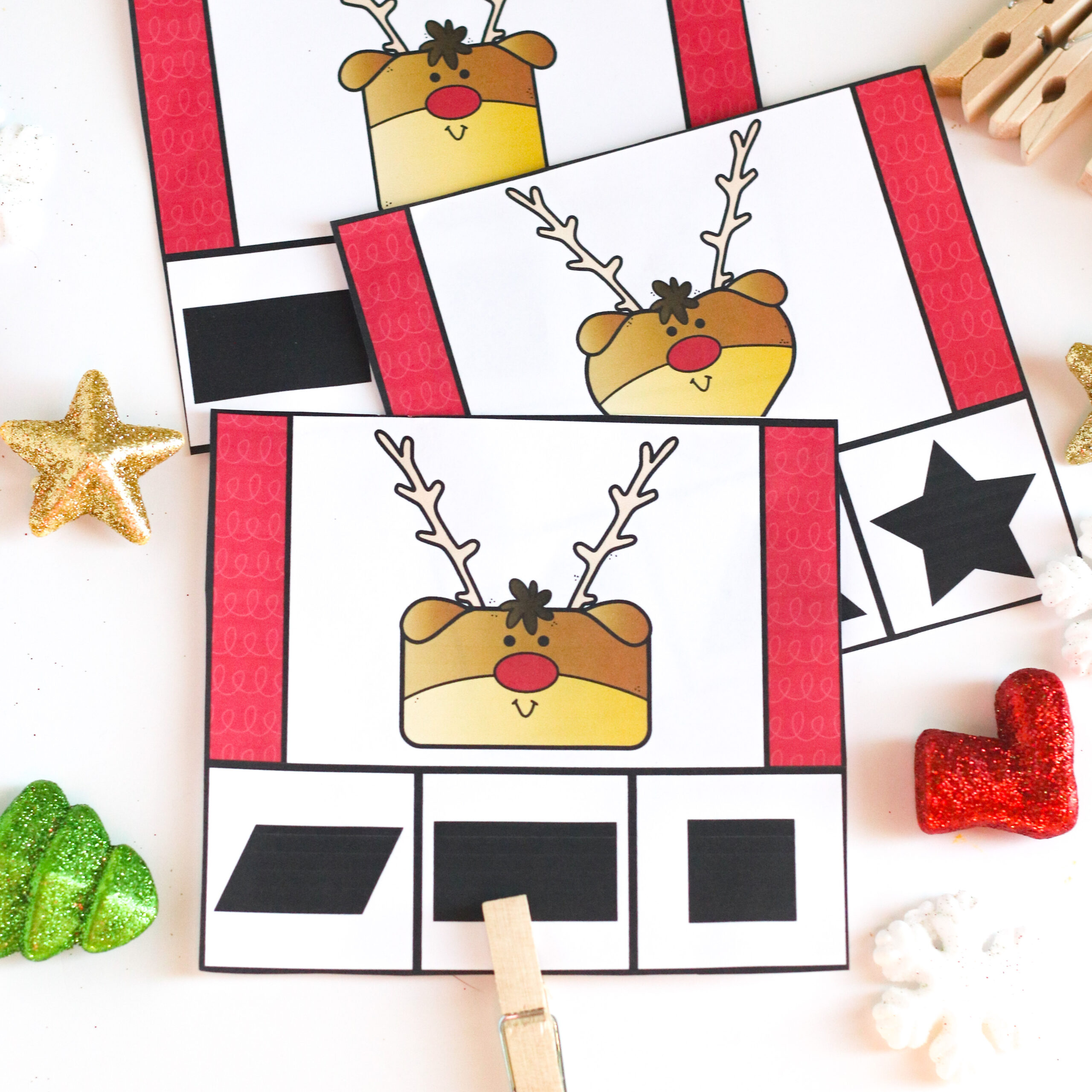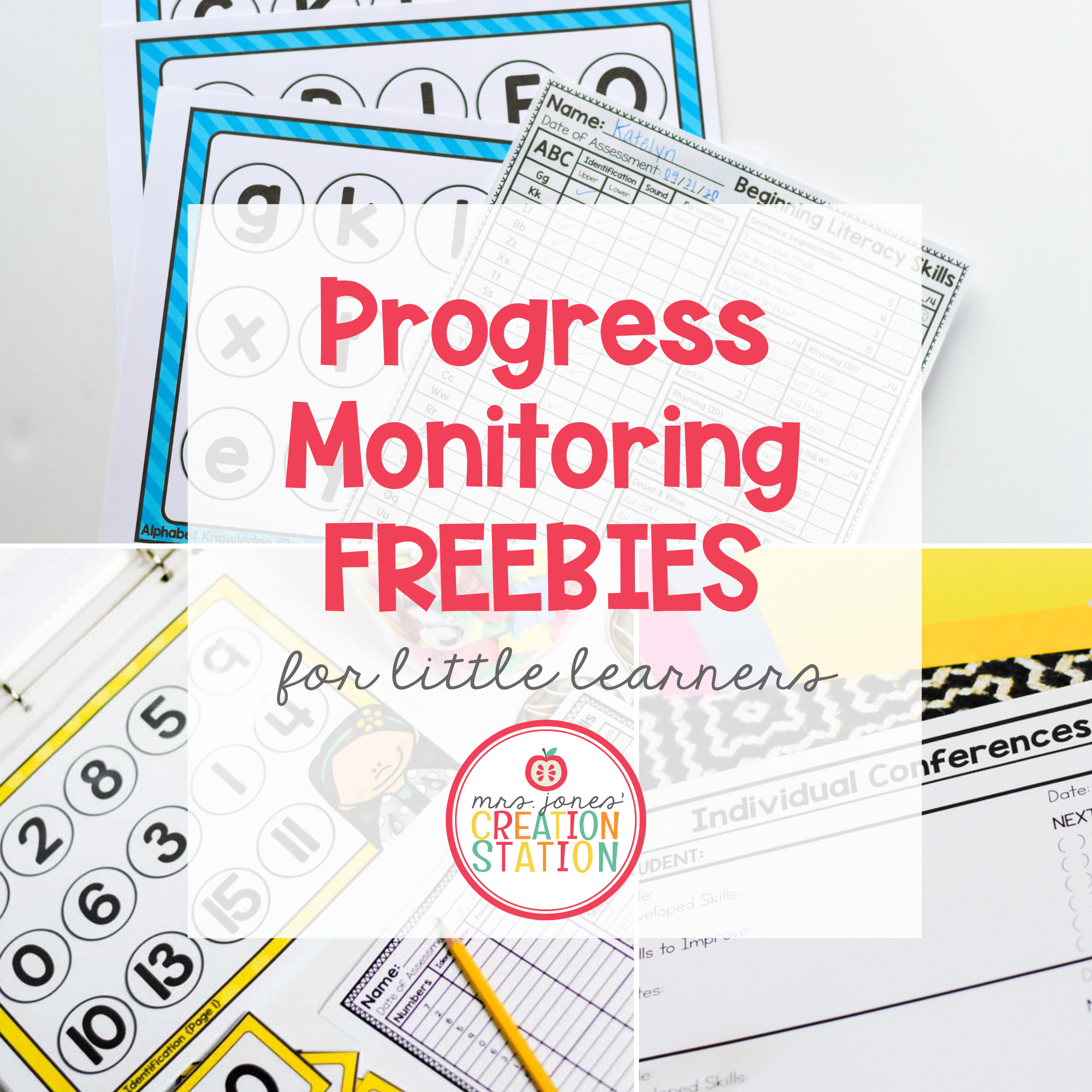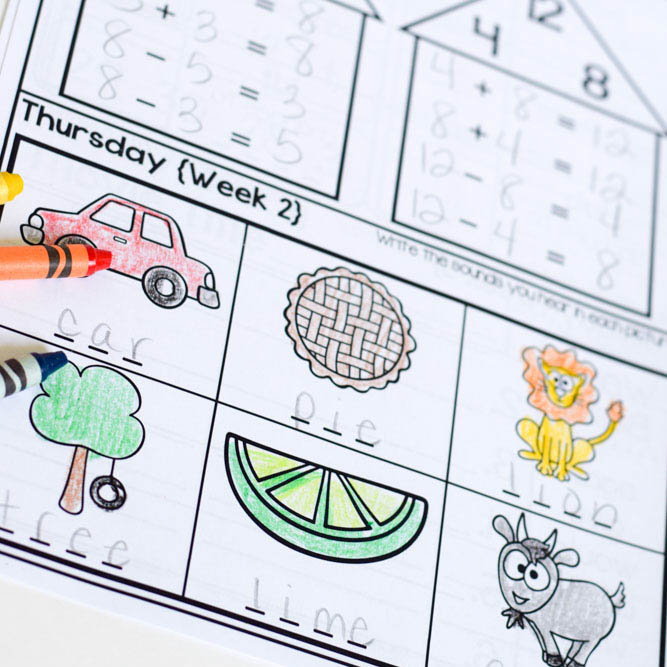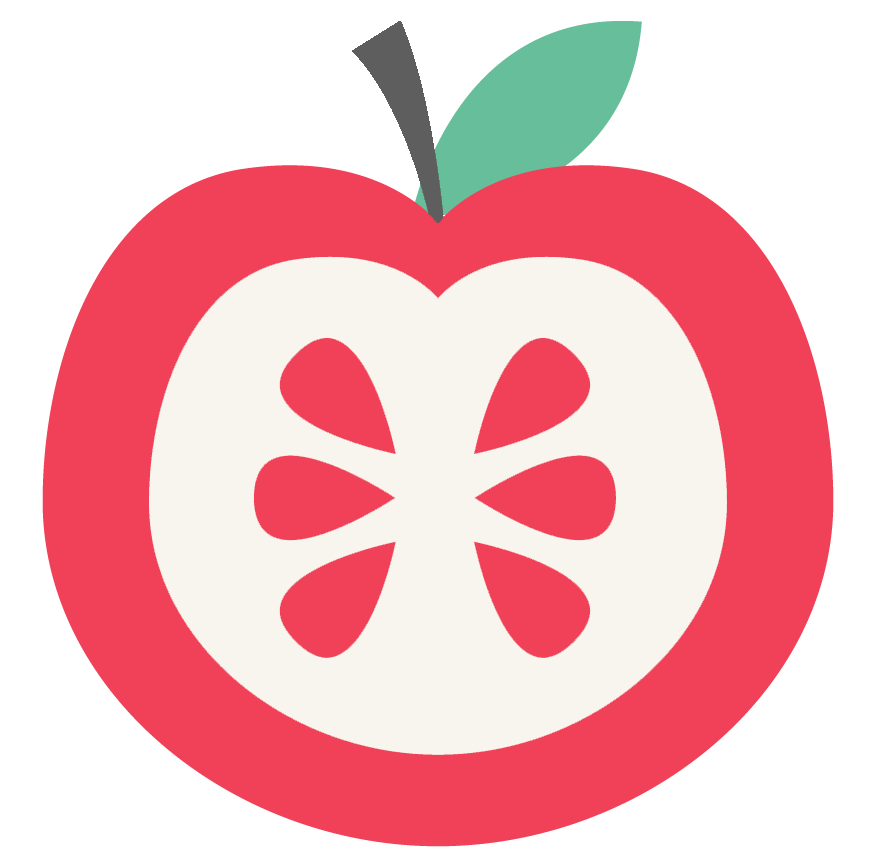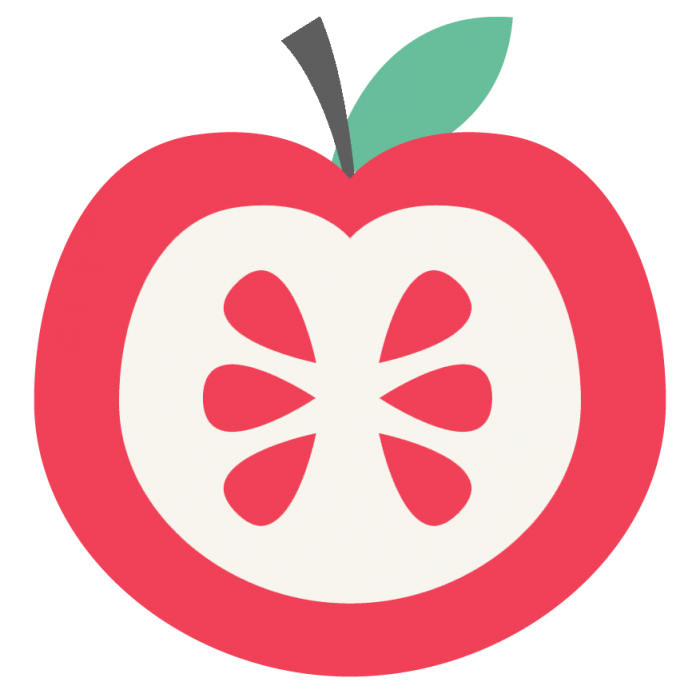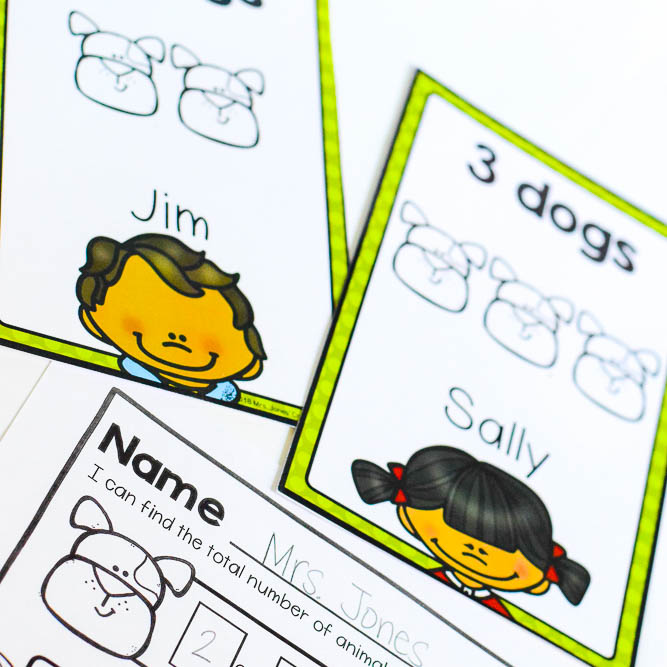You know your little ones are growing up when they begin adding and subtracting! Kindergarten is such a big year. Your class full of students come in knowing a little bit about reading and numbers. They leave reading books, and knowing how to add and subtract! Teaching operations can’t be a pencil to paper skill. It is a lot of hands on activities! Visuals are vital for your learners to really grasp this skill.
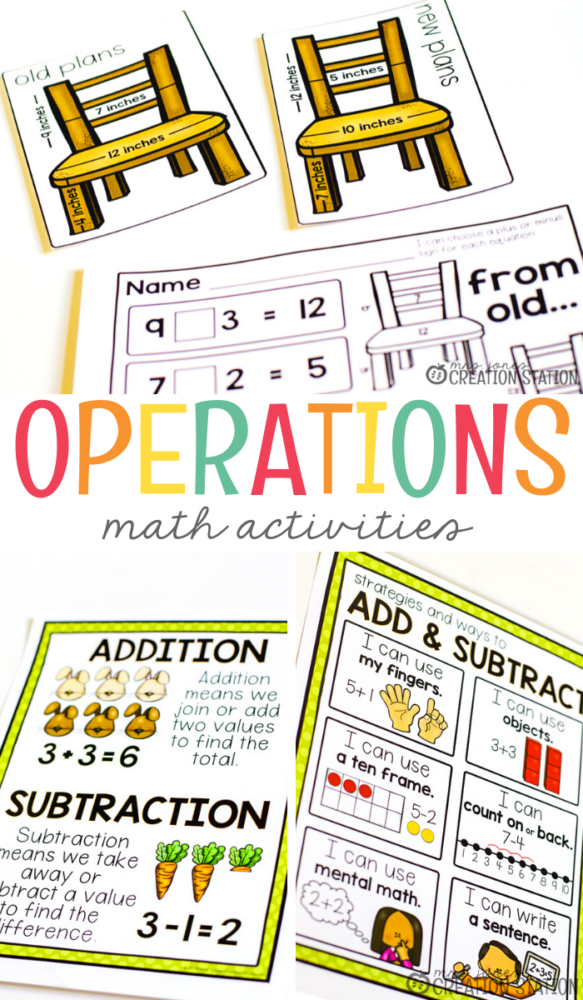
Start with a Strong Math Block
Teaching math has changed so much over the last few decades. Classrooms went from teacher led learning with tons of worksheets to student led learning and more hands on activities. Today, you will see many classrooms that all look very similar. A strong math block is what you need in order for little interruptions and a lot of learning.
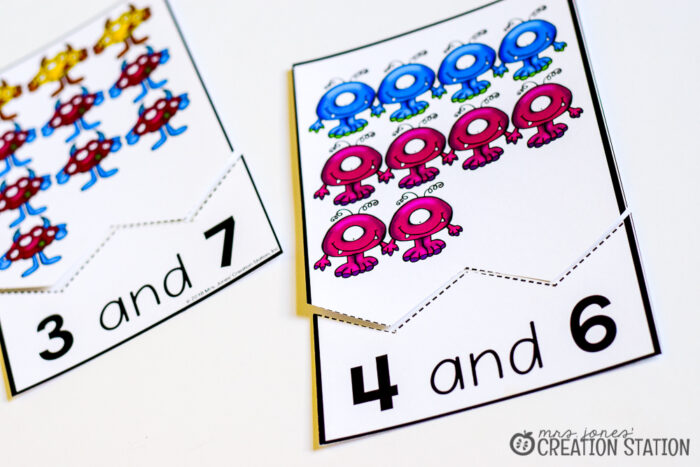
A strong math block consists of the following:
- Engaging Mini Lessons
- Math Centers
- Independent practice
- Visuals throughout the classroom
Engaging Mini Lessons
There are so many options to use during mini lessons. But what’s most important is the time spent and what is used to teach the mini lesson. Mini lessons should be brief, but effective. I love integrating literacy in my mini lessons. Here are some of my favorite books to read for this operations unit:
Math meeting charts are also a great, interactive activity to have during your mini lesson. Use these addition and subtraction charts to help learners find vocabulary and other clues to determine what operation is needed to solve the equation. Vocabulary terms will be bolded and learners can choose the correct number sentence or equation card to find the solution.
Math Centers that Engage
While you are at your teacher table with small groups, you need the rest of the class to be fully engaged in other activities to avoid distruption. Math centers should be fun and engaging with a small group of students or partners. I like to include small group activities into my math centers this way they are familiar with the activity and they are able to do it on their own somewhat successfully.
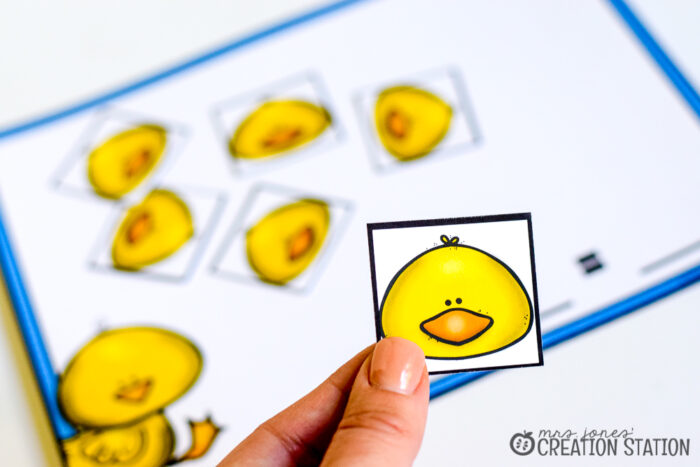
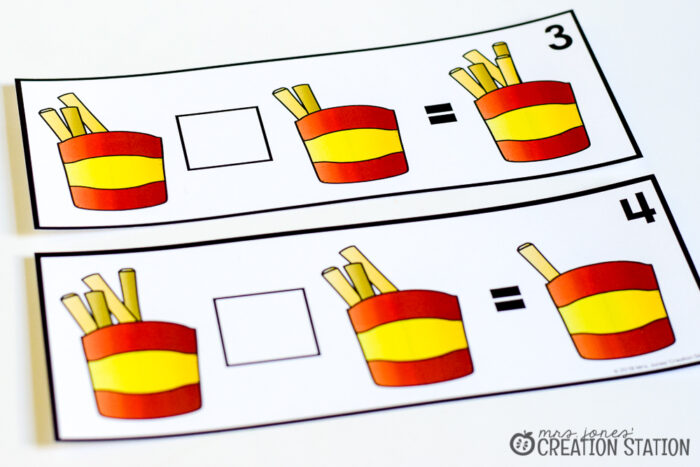
Independent Practice
You’ve followed the math block so far! You’re thinking “How do I know if they REALLY get it?” This is where it happens! Independent practice is done independently at their desk or a comfy spot in the room. Even though it’s usually a pencil to paper activity, you can still include manipulatives and other resources.
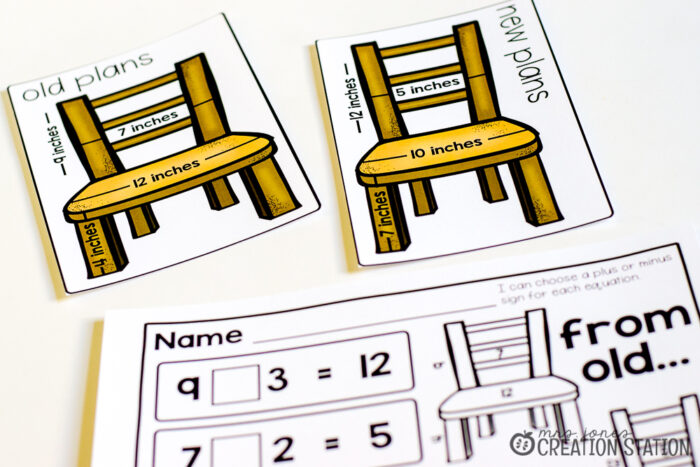
Visuals Around the Room
Oh, these are so helpful. Your walls should change throughout the year as you move on to different units. Place visuals on your wall, on your white board, teacher table and math center area.
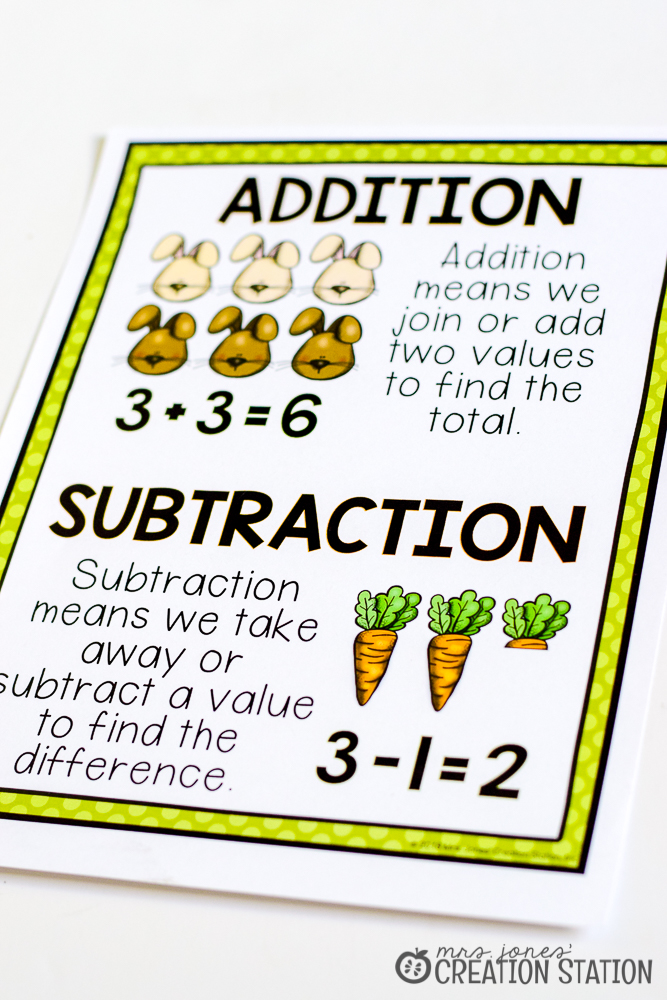
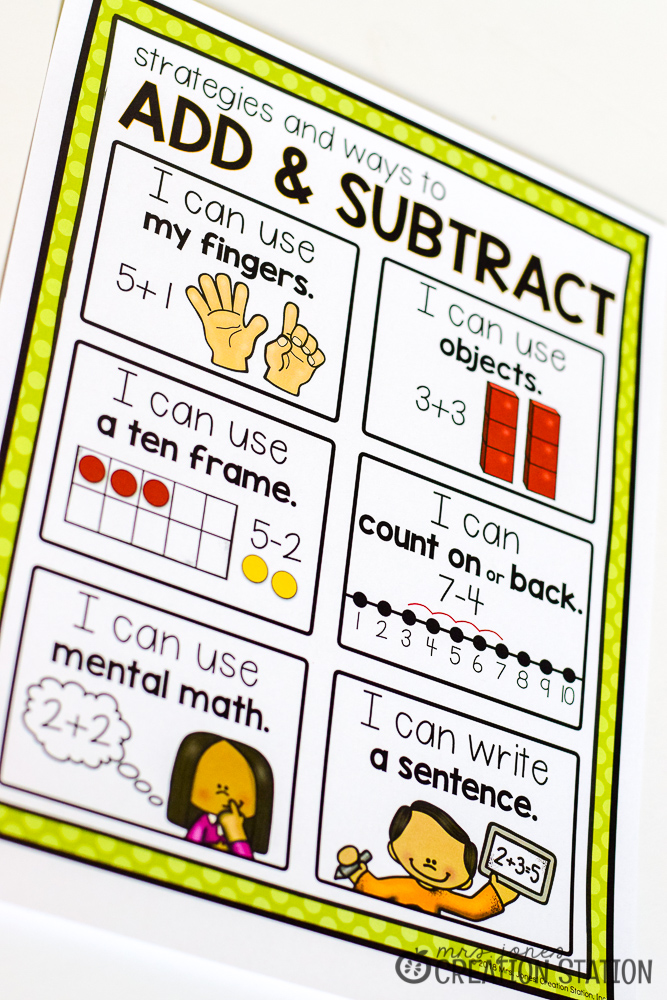
Try it Out!
Click the download button below for an operations free resource. Use this in small groups, whole groups and/or math centers!
